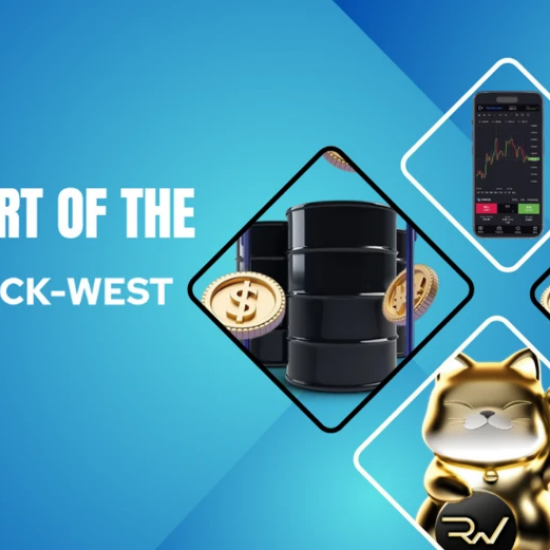In the first stage of the Trump Rally (from the election to year-end), investors appeared to hedge as the market rallied. However, since the start of the new year, Goldman Sachs’ proprietary macro hedging indicator has traded along with equities, suggesting that investors are buying stocks and discarding protection. As Goldman’s John Marshall and Katherine Fogertey explain, the Trump rally has changed the market – Investors Stopped Hedging.
As the Goldman duo notes, Long-dated liquid hedge costs at a multi-year low, and explains:
The cost of liquid long-dated hedges in equity and credit has collectively reached its lowest level in six years following the decline this week. The last time macro hedge costs were near this level across assets was in July 2015 (see Exhibit 1).
While not likely the cause of the pullback in August of 2015 (the mini-flash crash), the lack of hedges in investor portfolios likely exacerbated the sell-off.
Methodology for Chart above: We track the liquidity premium that investors are paying by hedging with terms that are considered more liquid in each asset. We estimate the cost of hedging with 3 year 55% OTM SPX puts and 10 year CDS protection relative to the cost of hedging with 10 year puts and 3 year CDS protection. Our CDS measure is the weighted average cost of single name CDS protection for S&P 500 companies in the weight that those companies are in the S&P 500 index.
How do we gauge the intensity of macro hedging?
We monitor the relative cost of hedging across the curve for SPX equity options and the CDS protection in S&P 500 names (see Exhibit 2).
Specifically, we find that when investors hedge in times of stress, they rush towards the part of the term structure which is the most liquid. In the credit market, longer dated hedges are more liquid (5+ years) relative to the options market where there is little reactivity or liquidity in 5+ year options. The relative liquidity is in short-dated equity options (3 years or less).
Hedges: 1-3 year Equity puts; 5+ year CDS protection
In times of stress, investors must be selective and buy hedges that have not already been bid up by other investors; given the lack of liquidity premium being put on some of the more popular parts of the curve, we see these highly liquid areas as unusually attractive for investors that see risk of a market pullback. Buyers of these hedges are likely to see the largest boost should there be a correlated market decline.
As Goldman warns, our indicator is now in-line with its most complacent level in the past six years, suggesting investors are generally unhedged across both equities and credit.









